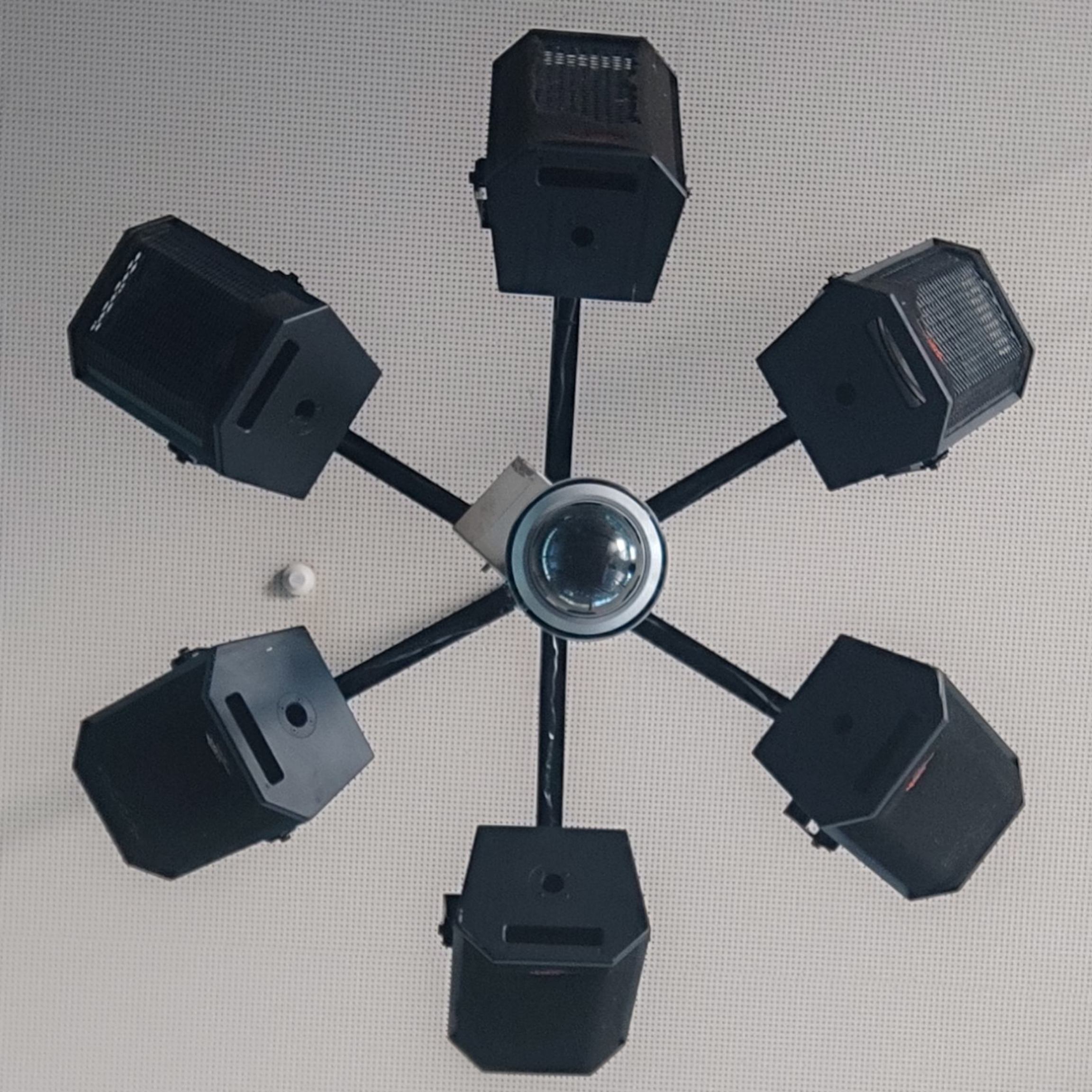Original question by @[email protected]
For a long time I considered Gentoo the best, because I know my things around there. A month ago I said goodbye to my last Gentoo installation in favour for Debian trixie (the next stable release). Gentoo was too time consuming despite the binary repo.
If it would be my job to maintain a Gentoo system I would gladly accept, but there should be a need for it by the users. Otherwise I would just recommend Debian stable or Fedora.
My favourite is Debian over Fedora, because I often don’t need the latest versions of a software. And there is flatpak.
It works for me.
I use Arch, btw, but I don’t consider it the best (yes I do.) I could easily transition to Fedora, for example (I would never do that,) and be completely happy (I would rather continually hit my head with the metal stapler gun on my desk.)
Does what I want and gets out of my way.
Debian. It works so well that I never even looked at different distros during the last 20 years or so…
To each its own in accordance to their needs. Debian is great unless you want to add proprietary stuff like GPUs. That’s the whole reason so many distros (e.g. Ubuntu) raised to fame and gained popularity while being based on Debian… That, and the fact that until recently Debian installation guide was not updated and called to download an ISO to be burned in 1-2 CDs… that was so f*ing unclear. Of course you can use a pendrive, but if the guide talks about CDs… that’s just confusing to newbies. None pointed that out, but to me is like being even less friendly than Arch :P Just my opinion. That said, I have been using Debian based distros for most of my time, even today (desktop PC with MX ‘ahs’.)
Debian’s documentation can be pretty awful. The Nvidia Driver install guide in particular could use a revamp.
NixOS. My entire config is source-controlled and I can easily roll back to a previous boot image if something breaks like cough Nvidia drivers. I also use it for my home router and all self-hosted services.
maniacally laughs while trying to avoid eye contact with 19k lines of nix config
Out of all the ways that I have tried in the past, to reproduce not just the initial state, but also the ongoing changes of a disto (ansible, saltstack, chef, bunch of Shell scripts) — nix is by far the shortest. With all of these technologies I would never have dreamed to do this for a single Maschine. But now it’s not only possible, but actually gasp enjoyable!
Mind you, if that is not the problem you want to solve, maybe install just the nix package manager in addition to your distribution, and learn to enjoy it without having to run your whole distribution this way.
You misunderstand! It has also turned into basically a hobby (and recently, a job, lol) to manage nix configs.
Those 19k lines are clean, well-structured and DRY, and do describe every little thing about ca. 30 machines.
I use NixOS, btw (don’t you see that glorious gif?). It’s the only distro that is actually different compared to other distros. It’s not just another package manager, another ubuntu skin, or a different desktop environment. If you learn how to configure it, you can easily redo breaking changes or install an exact copy of your system on a different device. You can configure all you want and you will never ever have to worry.
Also has better flex than Arch users.
cons
- burj khalifa learning curve
- arch documentation * -1 doc quality (dogshit documentation)
- doesnt work outta the box
It’s super cool to be able to copy a single or maybe two configuration files from one box to another, sync thing your home folder and have an exact copy.
It’s super cool to temporarily install things with nix-shell. I have little environments set up where I write python or rust or edit videos and if I’m not in that environment none of those commands even exist.
Updating in vanilla is pretty straightforward. Update your base channel, rebuild. But if you install say home manager as a flake that doesn’t update the same way. And then if you do it as an environmental install it doesn’t update the same way. And then it’s totally possible to do an update get a new version of your web browser, But your auto starts or your PWA’s point to the old version of the web browser. My personal favorite is when I update signal. It upgrades the database. Field binary is no longer capable of running but is still the default for some reason. I have to look up the command expunge it from the store, simply finding it in the store isn’t trivial.
Most distros have gotten easy to the point of being boring. We don’t suffer that fate in Nix.
CachyOS, cause its Minimal and “Fast”(maybe) ik i can try out normal Arch but I dont wanna rebuild my system everytime I mess something up + Arch based distro its better then Arch Install(in my opinion)
BunsenLabs Boron - Debian 12 with Openbox Window Mgr - no desktop, no icons. The machine is not burdened by having to run a heavy desktop environment. All navigation and execution is done with mouse (right click), keybindings or command line. Linux without the Windows artifacts. On my HP i7, boots to login in 19 seconds.
Because I can hit “next” a couple of time and have a working install
It isn’t, it is the least bad
It’s extremely stable, and countless other distros are derived from this.
My distro is the best because I don’t have the patience to try them all to see which is actually the best for me. Until my distro decides to do some silly decision that makes me think I should try another, I will stick to it.
Because it was my first distro that got me away from Windows. And yes, it’s Mint.
It works, has the packages I need and they are up-to-date










